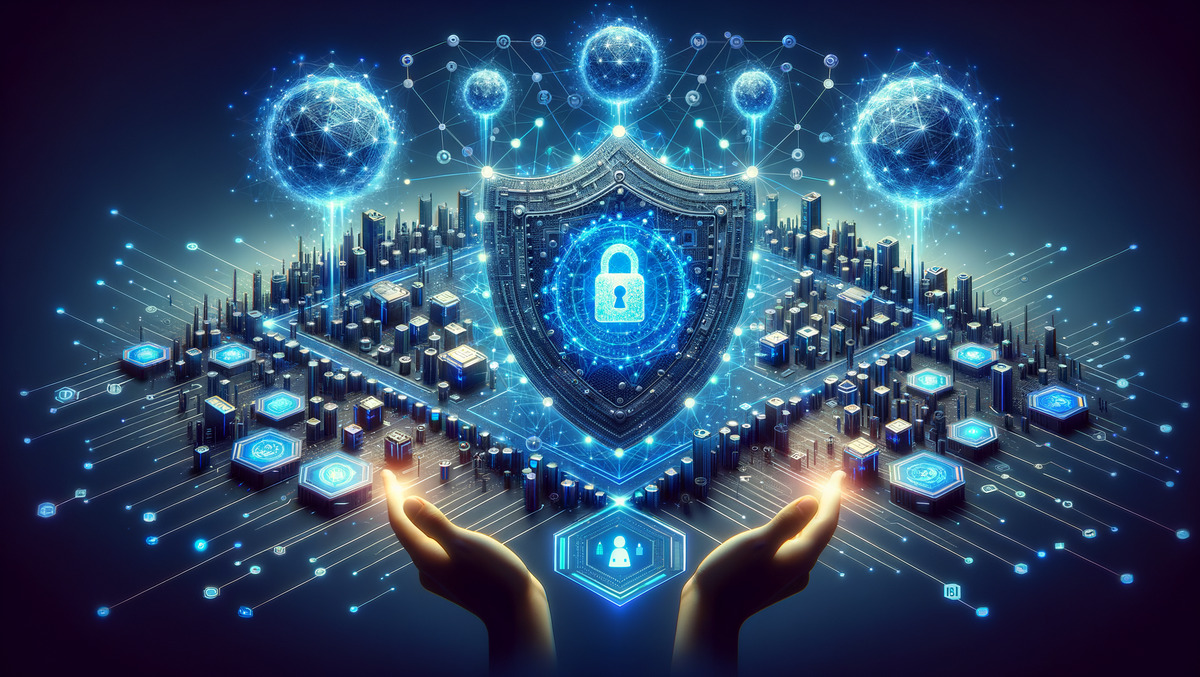
TPG Telecom has told a senate committee that real-time sharing of natural disaster information would deliver better telecoms resilience than temporary disaster roaming.

The carrier’s head of regulatory Alexander Osborne called for a real-time disaster information database when speaking to the Senate Select Committee on Australia’s Disaster Resilience last Friday.
He told the committee during a natural disaster a state or territory government will stand up an emergency room, but too often, Telstra and NBN Co are the only telecommunications carriers on the inside.
“If you’re in the room, you know where the fire is, you know where the fire is going,” he said.
“If you’re not in the room, you have to rely somewhat on the ability of your staff to actually get on the phone to someone”, which is difficult in a busy incident room.
A real-time national database of disaster information would be “far preferable” than alternatives, he said, to help both with protecting assets and with the recovery effort.
He also called for real time intelligence from energy suppliers.
Osborne told the committee that during Victoria’s major power outage in late February, in which a large number of damaged high-voltage towers were blown down (leading to a coal generator tripping at Loy Yang), TPG lost power to around 300 mobile sites.
While energy suppliers were providing telcos with maps of their recovery plans, they didn’t always match events.
“What we found … was that – and this applies across all parties – we would send a tech to a site to connect a site, and the power would come on.
“Whereas there’s a site further down the road that would not have power restored for several days because of the physical damage to the electricity infrastructure.”
Osborne said the Victorian government was an “exemplar”, because it was getting the energy suppliers to provide information about when faults would be recovered.
“The other thing that we did was that we then shared information between the mobile carriers – this is something of a rarity – of which sites we had down. We then worked out a plan so that we had at least one site for each operator … was able to bring back to life to have to provide at least emergency call capability for those townships.
“There needs to be a centralised database that we can put information into, for each of our cell sites, identifying what’s down and what’s up, and then overlaying that with real time information from energy suppliers.”
That would avoid “sending a tech to a site that’s going to have power put on.”
Shared disaster and power information, Osborne said, would be “much more effective” than temporary disaster roaming, a proposal to allow customers of disaster-hit carriers to roam on the active network of a different telco.
Osborne described that as an “extremely limited” and “very expensive approach” to the problem of resilience.
“It also relies on domestic roaming – if you don’t have domestic roaming arrangements in place beforehand, it’s not going to work.”










